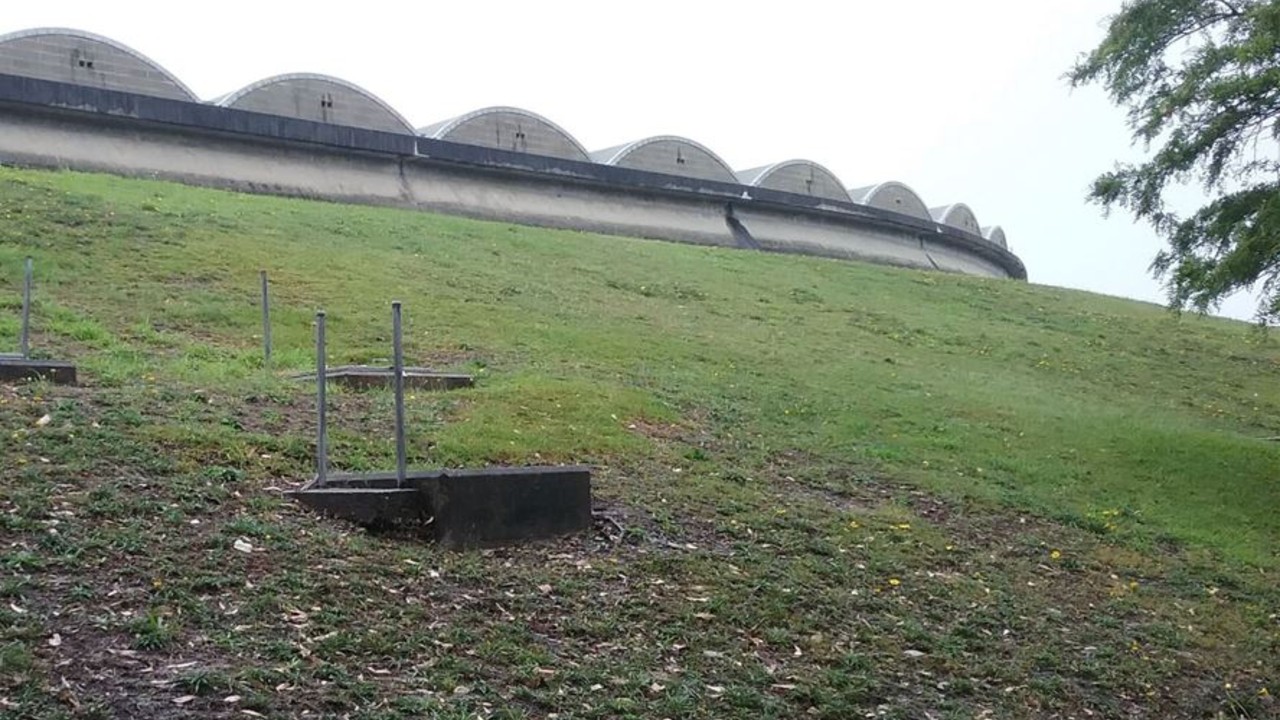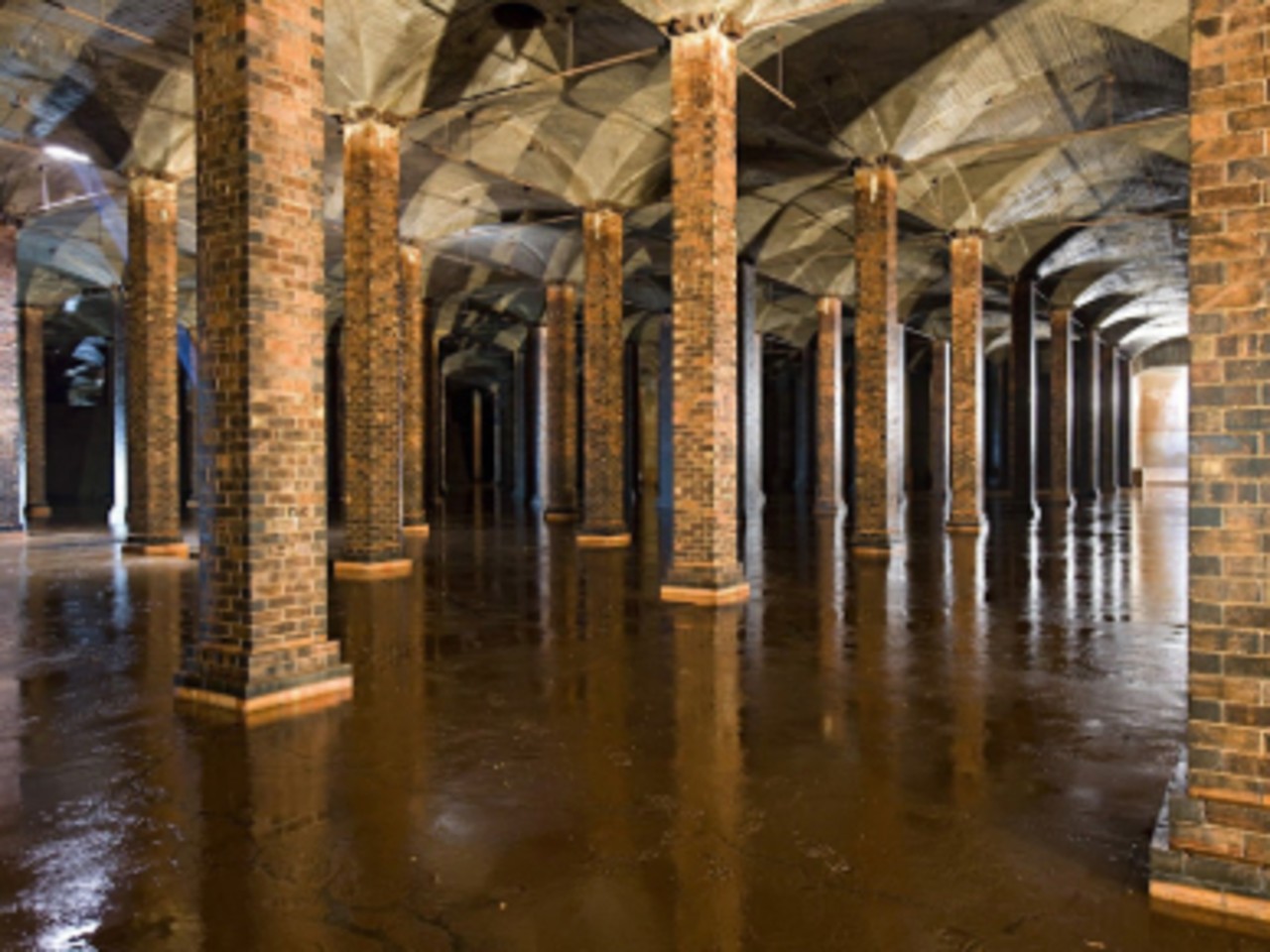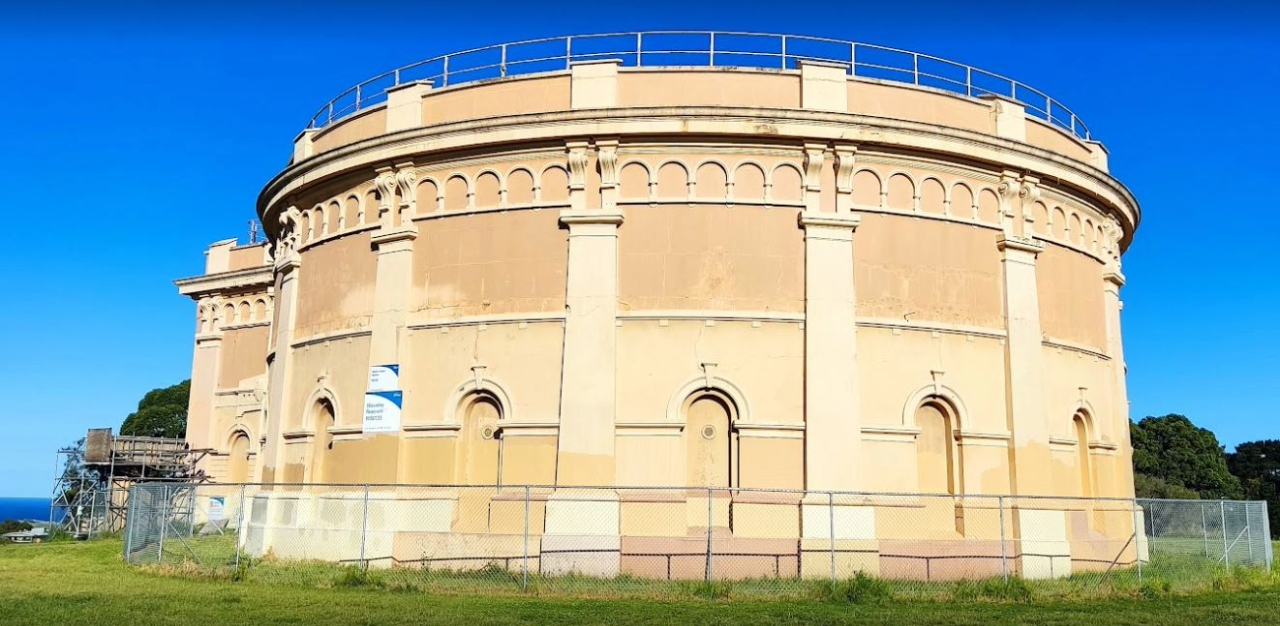The Dams Safety Regulation 2019 sets out operational details and safety standards that declared dam owners must comply with to satisfy the provisions of the Dams Safety Act 2015.
- The owner of a declared dam must establish and implement a dam safety management system for the dam in accordance with the Act.
- The dam safety management system must be designed to be used by the owner of the dam as the primary means of ensuring, as far as is reasonably practicable, the safety of persons, property and the environment is not put at risk from the dam.
- The dam safety management system must provide a comprehensive and integrated system for the management of all aspects of foreseeable risks in relation to the failure of the dam that addresses all aspects of the life cycle of the dam, including the design, construction, operation, maintenance and decommissioning of the dam.
The key principles guiding the new regulation and standards are that:
- the responsibility of declared dam owners for dam safety is reinforced
- regulation is principle-based to the greatest extent possible
- declared dam owners must implement a safety management system based on an internationally recognised asset management systems
- declared dam owners must make safety risk decisions about their dams
- declared dam owners must mitigate dam safety risks 'so far as is reasonably practicable'.



